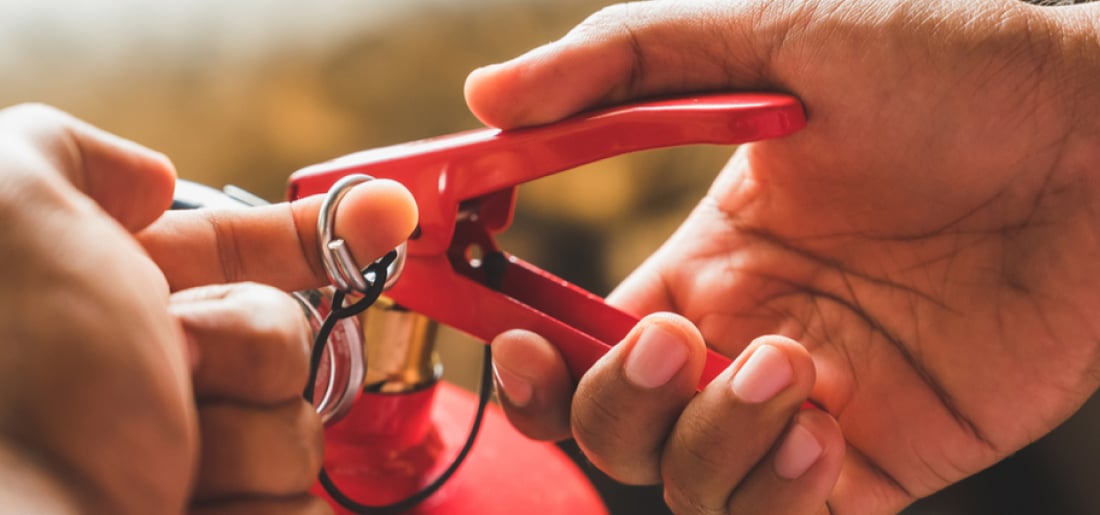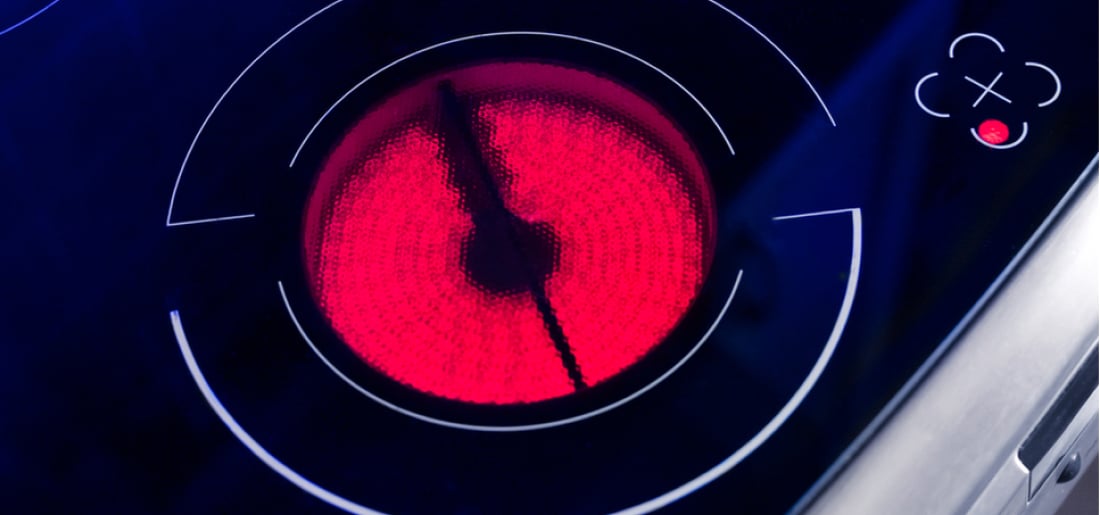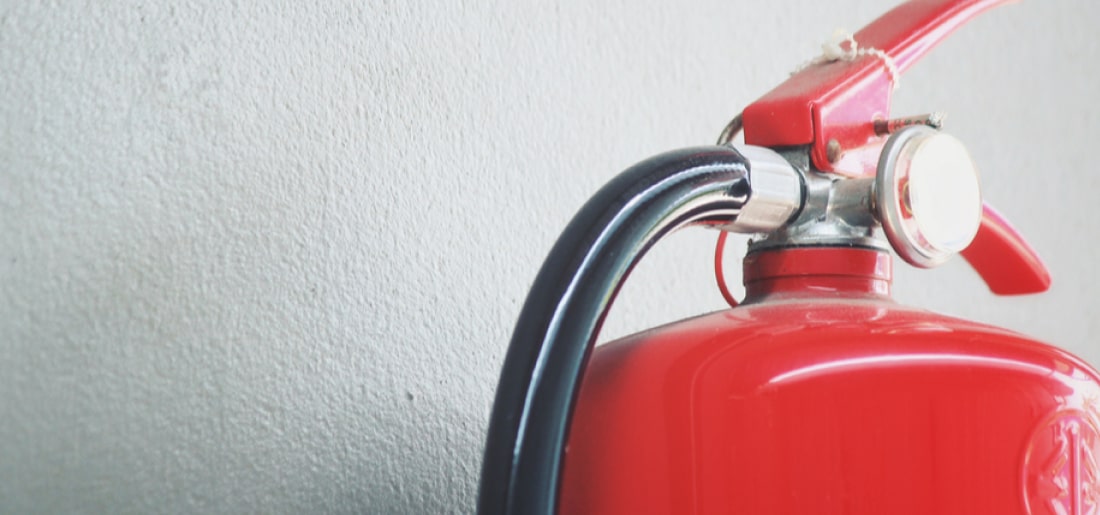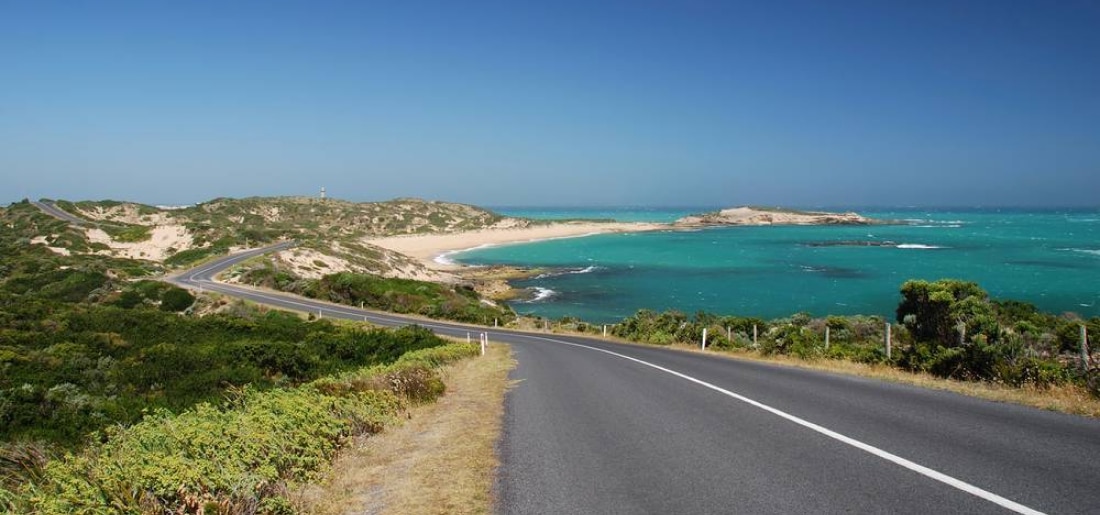HOW TO AVOID A CARAVAN FIRE
Caravan fire risk is one of those topics most of us prefer to not think about. Yet ask anyone who has been in a fire, or watched their RV go up in smoke, and they will tell you that being prepared for it will mean you can avoid the scenario, or at least reduce its consequences.

RV fires are frequent
There are more RV fires than you might think. Just in NSW alone, there have been 355 RV fires reported in the last five years, according to Fire and Rescue NSW. That works out to an average of more than one a week.
But how do RV fires start, and how can you avoid or mitigate the damage?
The most important advice is to take fires, or the risk of fire, seriously. The biggest risk of any fire is the age-old attitude, ‘this won’t happen to me’. If you take the actions outlined here, you have a far better chance of a fire not starting in the first place, or at least being able to reduce any damage, injury or a fatality.
There, we said it. Fires can kill people too, so don’t muck around in them or be party to causing one.
RV fires occur much like any other fire does, with a few unique aspects. One thing that many who have suffered an RV fire report is just how surprisingly quickly an RV can catch alight and burn. Caravans are often made of lightweight and and potentially highly combustible structure, fittings and furniture.
Five types of RV fire
Generally speaking, there are five circumstances where an RV can catch fire. They are cooking-related fires, electrical fires, gas leaks, brake overheating issues and external fires (bushfires).
Cooking-related fires are much like those at home, often where an unattended stove emits unintended flames, such as cooking fat catching alight. The solution here is to always stay at the cooker when something’s cooking on the stove; if you have to leave for any reason, turn off the gas or hotplate and move the pot or frypan onto a cooler part of the cooktop until you come back.
If you do have a cooking fire, have an Australian Standard fire blanket nearby. Practice getting the blanket out, so if there is a fire, you can react more quickly. There is no use-by date for fire blankets.
While not a cooking risk, it’s definitely a fire risk to have lit candles or to smoke in the caravan. Simply don’t do it.
Even if you decide to cook outside with a BBQ, there are fire risks to your RV.
Don’t ever set up a BBQ on, for example, a slide out that’s directly under an awning or in an annexe at camp – it might keep you out of the elements when cooking, but can have a very bad downside.
Not only is there the risk of the awning or annexe going up in a fire (or even excessive heat off the barbeque, but also the RV itself catching alight. Carbon monoxide poisoning is also a risk if you don’t keep your BBQ well clear of the annexe and RV.

Electrical fires
lectrical fires are rare, unless there has been a poor quality electrical installation or repair. Most often the fire starts due to poor RV wiring, where a loose connection sets off sparks – or a short-circuit occurs, melting wiring that can then overheat and catch alight.
Unless you know what you’re doing, don’t muck around with electrical installations, even if only the 12-volt system (for the 240-volt set-up, you should not be touching it at all, unless you’re a qualified electrician).
A big problem arising with solar-fed lithium battery power systems is not so much to do with the safety of the systems themselves; it’s when owners want to upgrade or change the system and do the work themselves without proper research and skills.
There’s no legal issue here, as 12v systems don’t require a certified fitter to repair or install, but not fitting the correct equipment can lead to a fire, especially if the wrong inverter is used.
You may find that you end up with insurance problems too, if you have used the wrong equipment that has caused a fire. If in any doubt, get the system upgraded by an RV solar system installer.
Have an escape plan
Caravans, campervans and some motorhomes tend to not have many escape options if a fire has started. Think about what exits you have and how you can get out quickly.
If you’re asleep, you won’t smell the fire smoke; that’s why it’s so important (and a legal requirement) to have a properly functioning smoke alarm in your RV.
So make sure your RV has a working smoke alarm, and don’t forget to fit one in the annexe if people are sleeping there too.
Test the smoke alarms regularly to make sure that they’re working. Also check how frequently the alarm battery must be replaced (often, it’s every two years) and change the battery in time.
Keep your powders dry
It’s also important that your RV has an Australian Standard fire extinguisher (dry chemical powder) and the fire blanket strategically placed – preferably close to the exit door so you can grab it on the way out (or in) to put out the fire.
While caravans have had to have a fire extinguisher fitted as an Australian Design Rule requirement since 2006, they don’t last forever – replace it when it’s due. Check the manufactured date, which should be noted on the extinguisher. Depending on the type, the extinguisher may need to be replaced in anything from five to 12 years from when it was made. Consult the fire extinguisher manufacturer if in any doubt.
Learn how to operate the fire extinguisher, including how to disengage the locking pin and how the spray works. Do this in a safe, open environment, obviously, and just give it a short burst. You don’t want to run out of the extinguisher chemical by playing around with it.
Issues with gas leaks
LPG gas leaks, ignition and subsequent fire are also a concern with RVs that run gas water/heating, refrigeration or cooking – which is most of them.
While an internal RV gas explosion is rare, it can and does happen. One way to make sure that it doesn’t happen is to be certain that the gas installation is in good working order.
While safety regulations vary, it’s a very good idea to set a date in the diary to have a licensed LPG installer inspect the system for damage or leaks every 12 months or so, whether it needs it or not.
Always ensure that the RV’s air vents are unobstructed. Even though a gas leak can often be identified by the cabbage smell that is added for that purpose, a gas leak detector is a very good idea for any RV with gas appliances. You won’t smell it leaking in your sleep.
Don’t be tempted to modify or repair the gas system yourself; you need to be a licensed gas fitter to touch it anyway.
About the only thing you can do is replace the LPG cylinders when depleted, and when replacing them make sure they’re well secured and all fittings are tight and hose lines and seals have not perished.
Always turn off any pilot lights such as for the three-way fridge or hot water service before hitching up and heading off to the next destination is a very good safety back-up.
While the risk of overheated brakes catching fire is rare, it pays to make sure your brakes are adjusted properly and have the brakes checked regularly to make sure that they’re not binding. Similarly, try to use engine braking and keep speed down on long, steep descents.

Bushfire blues
Bushfire has become more of a problem in recent years. When planning your trip, especially in the summer months, always check ahead for weather conditions. It’s important to keep up to date with weather conditions and any fire restrictions, as these can and do change quickly.
Work out how you can call triple zero (000) for help if you’re travelling to remote locations with little or no mobile coverage. A Sat phone, which you can buy or hire, is a very good idea when travelling in remote areas and need to call for help or alert authorities to a bushfire.
When selecting a spot to set up when bush camping or free camping, stay clear of sites close to any tall grass or spinifex, as these are a fire hazard.
Final words of advice
If the worst happens with any type of RV fire – that is, the fire has taken hold, don’t attempt to save the RV. Quite simply, if there’s any doubt, get out.
Your life is worth more than a half-burnt RV, and even if you only get third-degree burns, they’re certainly no fun. Walk (or run) away, making sure you have accounted for everyone, keep everyone well clear of the RV and call 000.
This article was originally published on Caravan Camping Sales.


